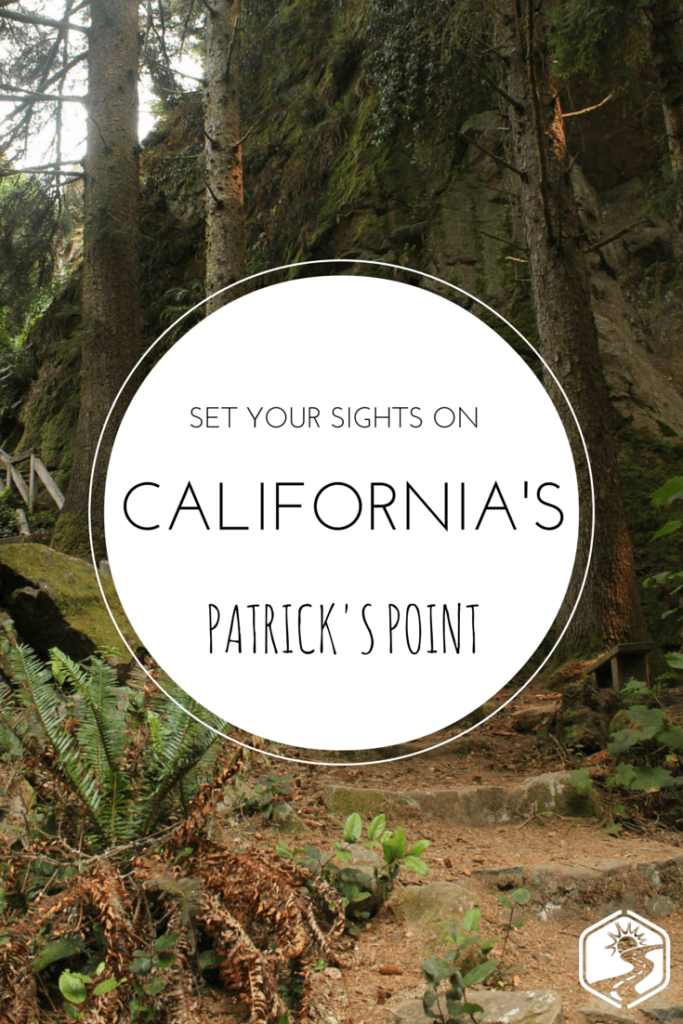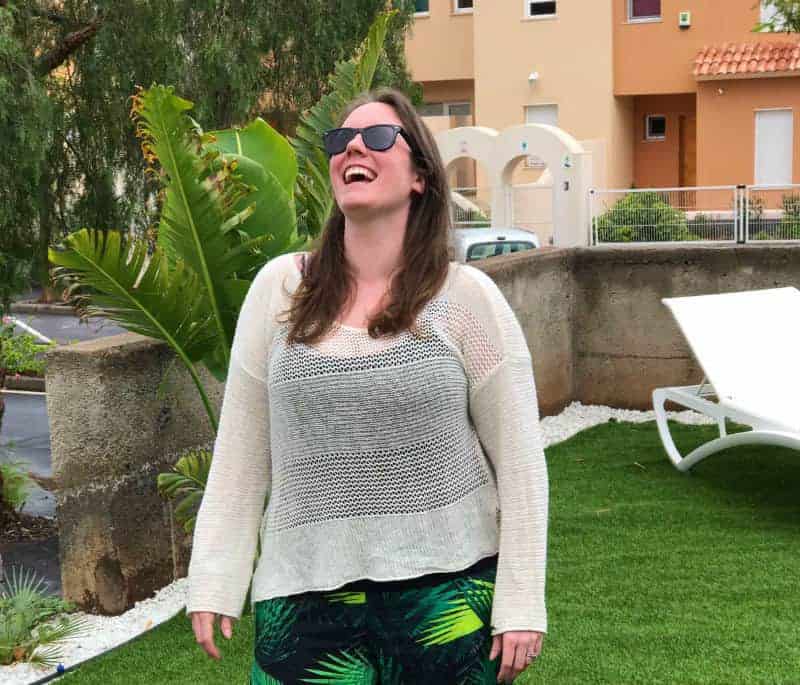When most people picture northern California, they conjure up images of San Francisco’s pastel-painted houses, steep hills and massive bridges. While the magic of San Francisco is something everyone should experience at least once, northern California’s coastline holds more hidden treasures than you can imagine. Just a few hours north of San Francisco, in Humboldt County, lies an area that is much cooler and much greener—an area filled with foggy beaches, tall trees and rich history.
Patrick’s Point State Park in Trinidad sits on a headland that rests above the Pacific. Even in the summertime, the Humboldt area is significantly cooler than most cities in the Golden State, but it’s worth bundling up and embracing the fog to explore such a diverse state park.
Agate Beach
You may as well start at the beach since that’s typically the draw of visiting California. But don’t expect the sun-in-your-eyes, hot sand beaches that line southern coastlines. Patrick Point’s Agate Beach is an exciting place for families to explore. You should avoid swimming; the water can get pretty rough and large waves show up unexpectedly. But with year-round fog and cool temperatures, you probably won’t want to anyway.
Instead, search for goodies in the sand. Keep an eye on youngsters as you descend to the beach because the trail is a bit steep, but if you stay on the trails, you shouldn’t run in to any problems. Once you make it down the cliff, there is a ton to see. Aside from the massive rock cliffs, crashing waves and birds, kids will love searching for the colorful agates that the beach is named for. Other smooth, colorful stones can be found as well. Plus there are plenty of small tide pools where you can view the sand crabs, barnacles, sea anemones, sea stars, snails and urchins that make Patrick’s Point their home. Gray whales, seals and sea lions are regular visitors as well.
If you want to extend your stay in the park, there is a family campground a quarter of a mile from the beach trail. Each comes with a table and stove and there are bathrooms and water faucets nearby that provide quite a bit of ease.
Ceremonial Rock
Patrick’s Point has a fantastic hiking trail that ends with a magnificent view of a meadow, the tree line and the ocean beyond. When you start the path up to Ceremonial Rock, you will wind along a damp dirt trail under the cover of the coastal redwood trees. Once you reach the base of the rock, you will start to climb the naturally formed stairs: Ceremonial Rock is known as a sea stack, which was revealed when the ocean receded long ago.
There are quite a few stone steps, but once you reach the top, you can catch your breath and admire the beauty of the state park. One of the most gorgeous views is the heavy fog rolling across the meadow with the misty ocean backdrop. Make sure to snap a few photos before you head back down.
Sumeg Village
One of the coolest parts of Patrick’s Point is the Sumeg Village. Built in 1990 by an all-Yurok crew, it is a life-size display of the buildings the tribe once lived in along the northern coast. The crew used local redwood trees and stones to create three family homes, a sweathouse, a ceremonial dance pit, three changing houses and a canoe. A neighboring native plant garden is filled with plants used by the Yurok for basket weaving, food, medicine and ceremonial practices.
The village helps teach children about those who came before us in a hands-on way, with openings allowing people to enter the structures and see firsthand how the Yurok lived. The village—whose name, Sumeg, means “forever”—was created to serve as an enduring cultural site for future Yuroks as well as an educational tool for all. There are also state park programs and activities to keep the history and the spirit of the Yurok (as well as the Karuk and Hoopa tribes) alive. It’s a pleasant way to add some history to a day of hiking and nature.


